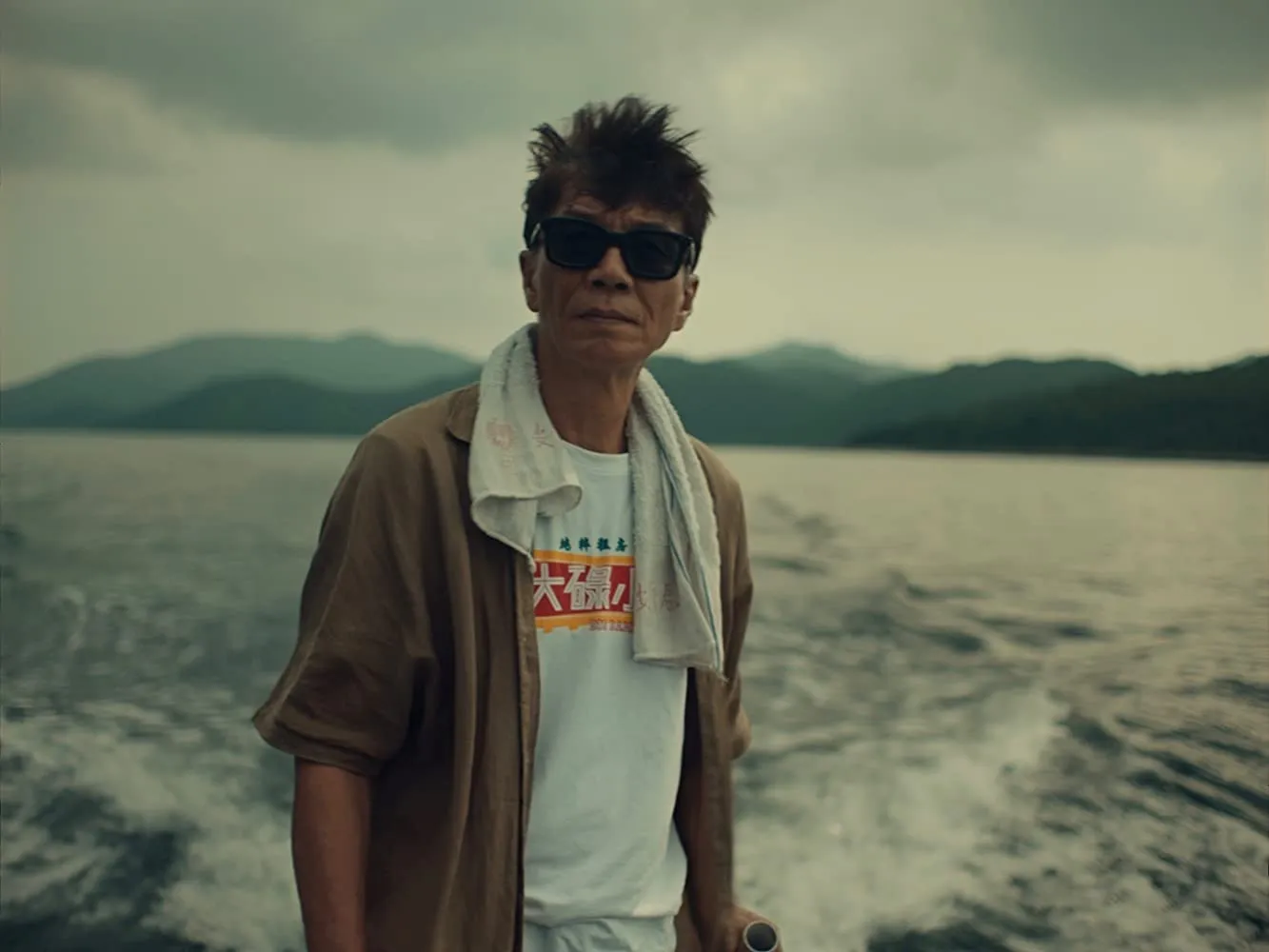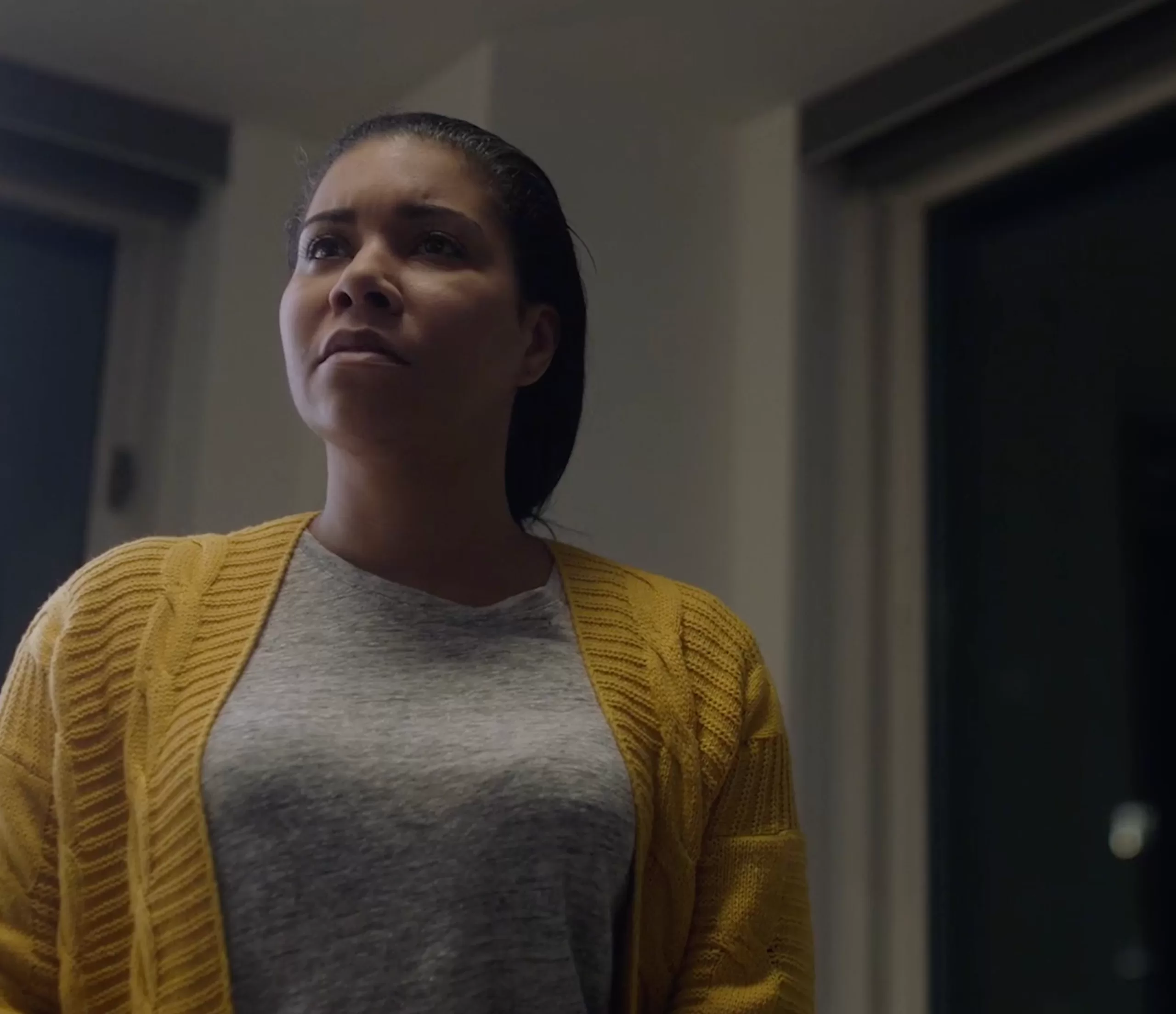In “The Wind,” tricks of the mind in the old West, demons and prairie madness
“The Wind” is the first fiction feature film by Emma Tammi, a filmmaker thus far known for her documentary film work. The inspiration for the film is real, however, and comes from a true story told in the newspapers left behind by women suffering from prairie madness, a common affliction amid European farmers come to colonize the American west in the 1800s. “The Wind” was adapted by Teresa Sutherland from Dorothy Scarborough’s 1925 namesake novel.
Lizzie (Caitlin Gerard, “Insidious: the Last Key,” “The Social Network”) and her husband had been living peacefully on the land they own until the arrival of newcomers who disrupt their routine. The young couple, Emma (Julia Goldani Telles, “Nurse Jackie”) and Gideon (Dylan McTee), is settling down away from the city for the first time. They’re having a hard time adapting to the rough conditions of the wild American west. And even though the landlady takes the younger woman under her wing, the latter’s distress increases and she claims, tirelessly, that evil forces are out to hurt her, prairie devils! Lizzie will soon find herself forced to face her own demons.
Want to talk about this review on Twitter? Use the hashtag #nowscreening. Want to keep us in the loop? We’re @screencomment)
The story behind “The Wind” isn’t told in a linear way. A cautionary tale that’s sometimes told a little haphazardly, it risks dangerously, at times, veering off the narrative rails. The conclusion of the first act is practically revealed within the first sequence, while the focus is especially placed, it would appear, on creating apprehension in the viewer. Hard not to wonder, however, whether the final outcome would not have been more powerful if Tammi had allowed this tension to build up on its own, without so many leaps across time.
“The Wind” plays with the idea of the presumed madness of women, that prairie madness, without ever showing a real desire to investigate it. Nobody seems to believe poor Emma, especially Lizzie, who yet knows more than she lets on. Dwelling a little longer on that topic would have made the film a more profound cinematic achievement. That potential isn’t fully realized, unfortunately, and the film even seems to tire of relationships between the characters, focusing instead on whatever shudders and oohs and aahs can still be delivered.
It’s only when “The Wind” goes full horror mode that “The Wind” comes unto its own. This wind of the title is everywhere in this film and carries with it some scary moments. Some scenes are simply terrifying, playing skilfully with the expectations and doubts of the audience. Although this is a first for the director, I’ve no doubt now about her ability. Shooting a horror movie. Check.
In spite of my reservations, the great performances, excellent period design work and the superb cinematography of “The Wind” conspire to make this a well-rounded and accomplished film.
In theaters now.
Ali Naderzad will be covering the 2019 Cannes Festival during May 14-25 @alinaderzad. Read all the stories here https://screencomment.com/category/festivals/cannes
news via inbox
Nulla turp dis cursus. Integer liberos euismod pretium faucibua


